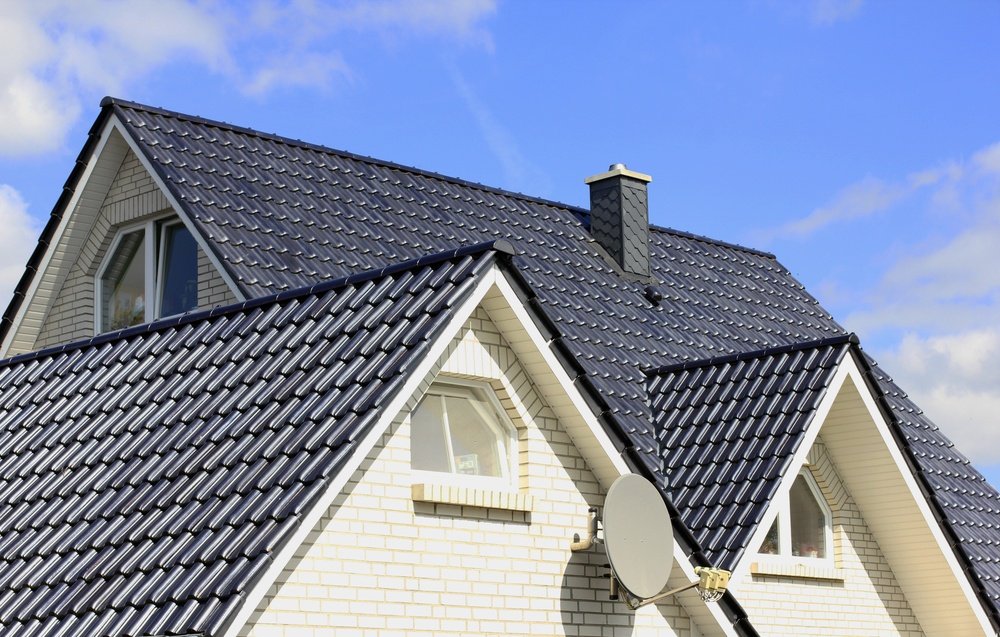Table of Contents

Making your roof more energy efficient can have numerous benefits, including lower energy bills, a reduced carbon footprint, and increased comfort in your home. There are several steps you can take to improve the energy efficiency of your roof, including adding insulation, sealing air leaks, and choosing energy-efficient roofing materials. Visit here to learn more. In this article, we will explore these and other ways to make your roof more energy efficient.
Add Insulation
One of the most effective ways to make your roof more energy efficient is to add insulation. Insulation helps to keep heat in during the winter and out during the summer, which can significantly reduce your energy usage and costs.
There are several types of insulation that can be used in a roof, including fiberglass, cellulose, and foam. Each type has its own unique properties and benefits, so it is important to choose the one that best meets your needs and budget.
When adding insulation to your roof, it is important to consider the R-value, which is a measure of the insulation’s ability to resist heat flow. The higher the R-value, the more effective the insulation will be. The recommended R-value for roof insulation varies depending on the climate, so it is important to consult with a professional or refer to local building codes to determine the appropriate R-value for your area.
Seal Air Leaks
Air leaks in your roof can significantly reduce its energy efficiency by allowing heat to escape in the winter and enter in the summer. To make your roof more energy efficient, it is important to seal any air leaks that may be present. There are several ways to do this, including:
- Adding weatherstripping to doors and windows
- Sealing gaps around pipes, wires, and vents
- Applying caulk or expanding foam to cracks and gaps
- By sealing air leaks, you can help to keep your home more comfortable and reduce your energy usage and costs.
Choose Energy-Efficient Roofing Materials
The material that your roof is made of can also have an impact on its energy efficiency. Some roofing materials are more effective at reflecting heat and UV rays than others, which can help to keep your home cooler in the summer and reduce your energy usage. Some of the most energy-efficient roofing materials include:
Metal roofing: Metal roofing reflects heat and UV rays, which can help to reduce your energy usage and costs. Metal roofing is also durable and long-lasting, making it a good investment for your home.
Cool roof shingles: Cool roof shingles are designed to reflect heat and UV rays, which can help to keep your home cooler in the summer. They are available in a variety of colors, so you can choose the one that best matches your home.
Green roofs: Green roofs are roofs that are partially or completely covered with vegetation. They can help to reduce energy usage and costs by providing insulation and absorbing heat and UV rays. Green roofs also have numerous environmental benefits, including reducing stormwater runoff and improving air quality.
Install Solar Panels
Another way to make your roof more energy efficient is to install solar panels. Solar panels use the energy from the sun to generate electricity, which can be used to power your home. Solar panels are a long-term investment that can significantly reduce your energy bills and carbon footprint. They are also easy to maintain and can last for 20-25 years with proper care.
There are several factors to consider when installing solar panels, including the size of your roof, the amount of sunlight it receives, and your energy usage. It is important to consult with a professional and follow local building codes to ensure that your solar panel installation is safe and effective.
Use Energy-Efficient Roofing Products
In addition to choosing energy-efficient roofing materials, you can also make your roof more energy efficient by using energy-efficient roofing products. These products can help to improve the energy efficiency of your roof by providing insulation, sealing air leaks, and reflecting heat and UV rays. Some examples of energy-efficient roofing products include:
Roofing underlayment: Roofing underlayment is a layer of material that is installed under the roofing material to provide extra insulation and protect against water damage. Energy-efficient underlayment is designed to reflect heat and UV rays, which can help to keep your home cooler in the summer and reduce your energy usage.
Ventilation products: Proper ventilation is important for the health and longevity of your roof, as it helps to prevent moisture buildup and heat damage. Energy-efficient ventilation products, such as attic fans and ridge vents, can help to improve the energy efficiency of your roof by circulating air and removing excess heat.
Reflective coatings: Reflective coatings are applied to the surface of your roof and are designed to reflect heat and UV rays. They can help to reduce your energy usage and costs by keeping your home cooler in the summer. Reflective coatings are a good option for roofs that are prone to heat absorption, such as dark-colored roofs or roofs in sunny locations.
Conclusion
In conclusion, there are several ways to make your roof more energy efficient. Adding insulation, sealing air leaks, and choosing energy-efficient roofing materials are all effective ways to improve the energy efficiency of your roof. Installing solar panels and using energy-efficient roofing products can also help to reduce your energy usage and costs. By taking these steps, you can create a more comfortable and energy-efficient home, while also reducing your carbon footprint.







